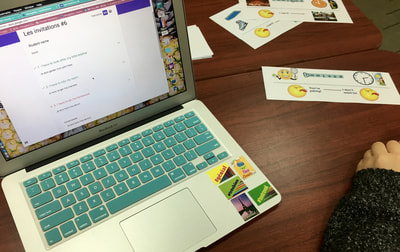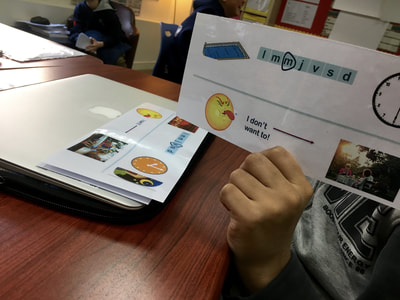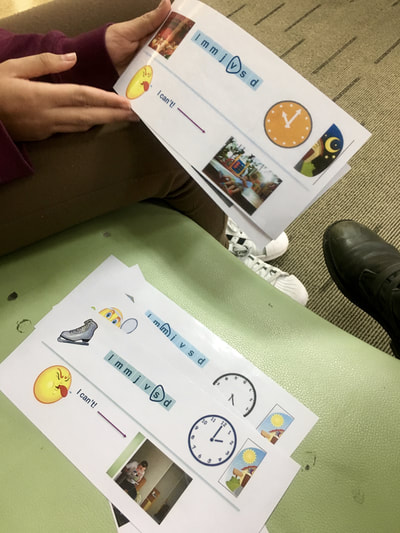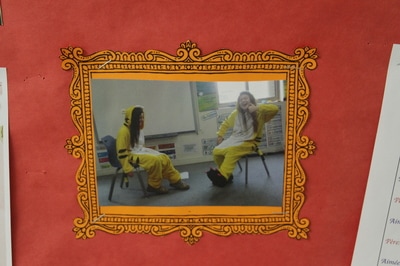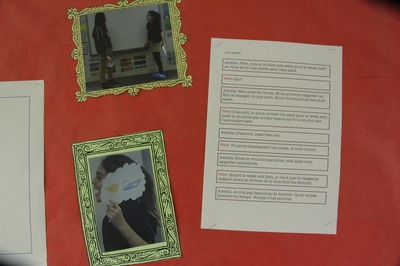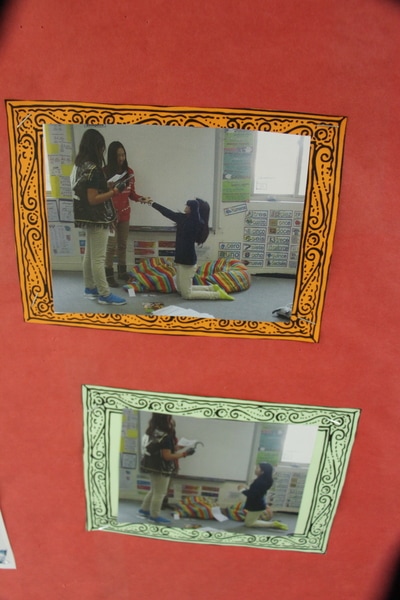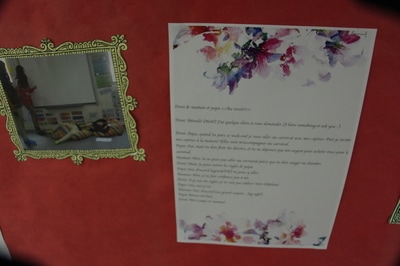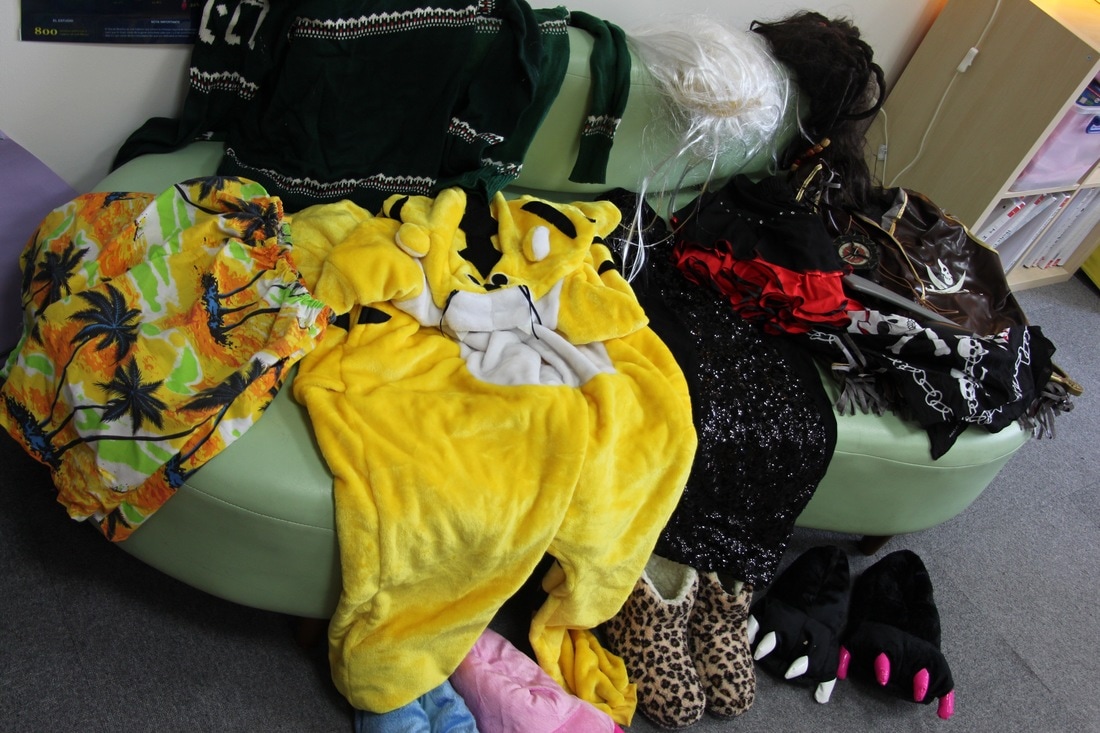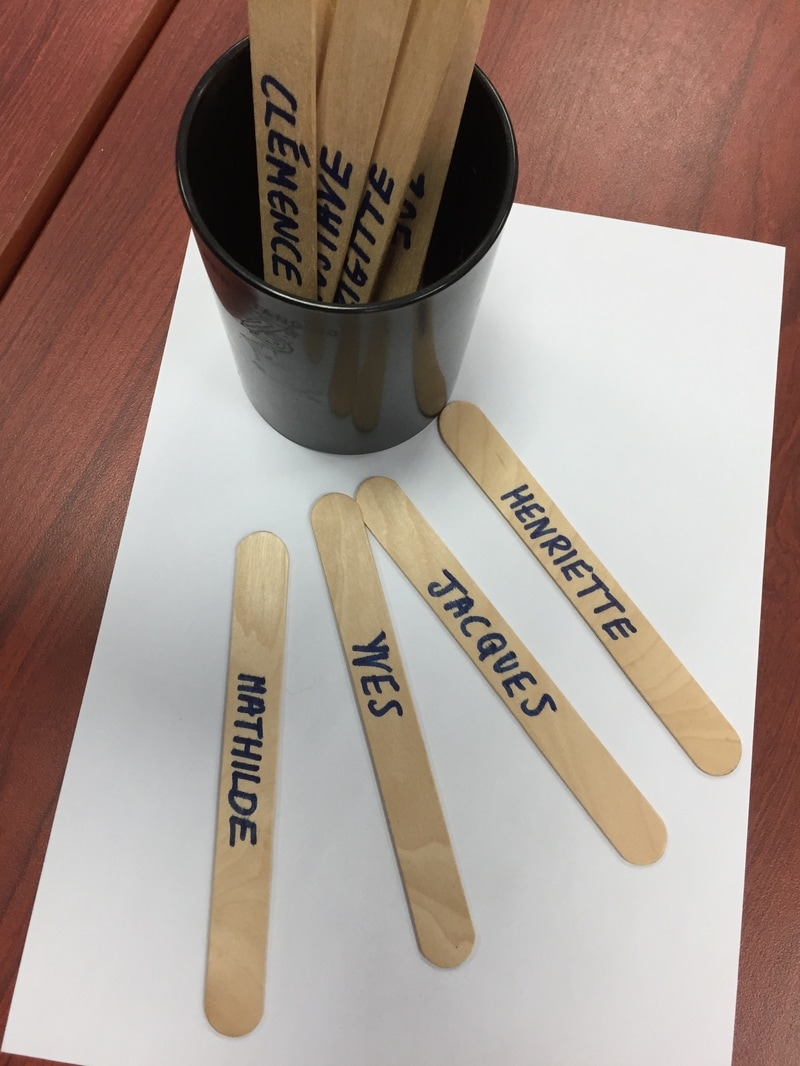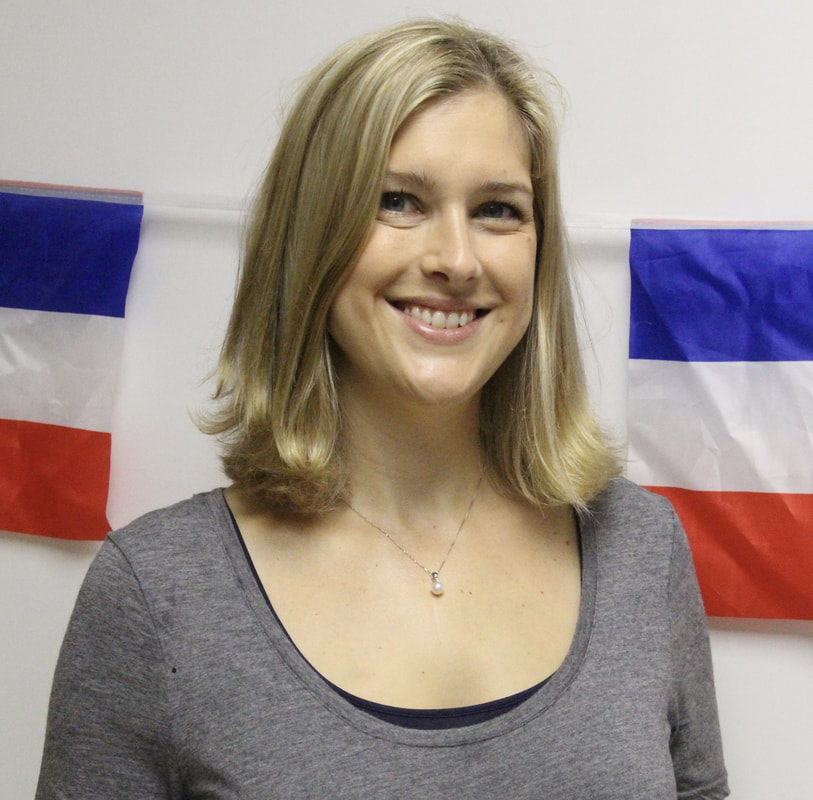|
One of the things that I love about the MYP is the way it allows me to focus a unit of study on concepts and skills. Pre-MYP I must admit that when I taught a topic such as Free Time, I felt a bit lost with where to start and finish. There were so many different options to focus on such as:
...and the list goes on. Typically I would try to cover as much as possible drawing on culturally authentic resources (such as La Tour de France, TV Guides, Sports Centre activity lists etc.), and then try to assess all four skills of reading, listening, speaking and writing. Phew! It was a little overwhelming for me, and probably for my students as well. Cue our school's transition to the MYP Framework. Now I separate out how I teach the topic of Free Time, and have clear guided focuses for each unit. Currently, I am teaching a unit called INVITATIONS to my French Phase 1 class. The statement of Inquiry (SOI) is "Conversations allows us to exchange attitudes and connect with others". Therefore our key concept is connections and the related concepts form (conversations) and purpose (exchange and connect). Our summative assessment will asses criteria C and D and is explicitly linked to the SOI; the students will use picture prompts to practice role-play conversations in which they will accept invitations and refuse invitations, and therefore exchange attitudes and connect. See the prompt cards for invitations and acceptances below. And here are the prompt cards that I made for invitations and refusals. So,what do I teach this unit?
As lesson starters we do activities focussing on accent and pronunciation, be it tongue twisters, songs or work from the SOS pronunciation packet (see post on this here), and we frequently practice the dialogues which become more complex as the students build their knowledge of the grammatical structures and vocabulary. In the summative assessment students work in pairs and choose picture prompt cards at random (the cards are face down). They interact with each other inviting, accepting and refusing as I record and mark their interactions for communication and accuracy. In this unit the students will also be assessed on criteria B. On page 30 of Expo OCR GCSE Vert and page 30 of Expo OCR GCSE rouge there are examples of authentic French adverts for music festivals, dance shows and cinema viewings. These adverts provide the perfect opportunity for students to demonstrate comprehension of written and visual text and to apply their knowledge of invitations and acceptances and refusals in writing. Please see below the practice formative assessment that I have made for my students. And here is the summative assessment that I have made for my students. I would welcome any feedback or ideas that you have about this unit of inquiry or the above assessments.
0 Comments
Today I introduced to the topic of TV to my Phase 1 French students and I felt like this was the perfect opportunity to do an engaging student-led activity involving authentic material. The first task for them was to simply identify some of the main TV channels in France and all they needed to do was look up the word <<chaîne>> to complete the activity. They were then asked to practise saying these channels out loud with a their partner which gave them the opportunity to practise numbers and the alphabet. Next, was the fun part! I gave them links to TV shows on YouTube and by watching an extract of the show they had to figure out which TV sheet it was on their sheet (by looking at the bullet points) and then figure out which type of TV show it is (by looking at the words in italics). Some students were confused at first, but it was a great activity for really getting them to work independently (they needed to look words up using www.wordreference.com) and make connections between the programme and programme types. Afterwards was a perfect opportunity to discuss the conventions of the text types, for example...Question: How did we know that <<Mon oncle Charlie>> was a comedy? Answer: Because of the laughter! The simple worksheet that I created is below. Next, I gave my students a colour copy of this TV guide below, and got them to complete a true or false activity. You could easily adapt this activity to make it more challenging for higher proficiency levels. And below is the true or false activity. To practise the use of the verbs VOULOIR, POVOIR AND DEVOIR, I love to practice the proverb <<VOULOIR C'EST POUVOIR>> with the simple but very effective activity explained below. Once the students have written their scripts they act them out in front of the class. I allow students to use my dressing up box and the results are always very entertaining! Take a look at the samples of my dressing-up box below!
Today, as part of our unit on free time, I introduced the places in town to my students. To help with the pronunciation and recall of vocabulary we did one of my favourite activities...actions and repetitions. This usually ignites a collective groan from my students who don't want to get out of their chairs, but they usually get into and possibly even enjoy themselves! So, we practice the vocabulary with actions such as praying for the church, cheering at the stadium, swimming at the pool etc. as we repeat the words. I then scaffold the activity so that I say just the words and they have to remember the action, and then I do the action and they have to repeat the words. Afterwards, the students need to write the vocabulary down and I do the activity posted below: the students use two boxes from the grid to create a word e.g. CIN - ÉMA and after finding the gender of the word from http://www.wordreference.com/, write the word next to the correct definite article (le/l'/la). Next, using slide 3 of the PPT below, we discuss the rule of how to say "to the" and the contractions that take place. The students take notes and make a set of flashcards for the verb ALLER in the present tense in www.quizlet.com. We practise the rules using slide 4-7. The students in all my groups have French or Spanish names and I choose their names at random from my pot of sticks! Finally for this lesson, the students complete a worksheet when they practice the use of the verb ALLER, the use of au/à la/à l'/aux, look up some new nouns and their genders e.g. la montage and practise the word order of sentences. You can buy this worksheet for just $1 here. For further practice of the places in town, perhaps as a review at the start of the lesson, you could play the hidden treasure game below. First, the students complete the missing information with the present tense conjugation of the verb ALLER on the left followed by the use of au/àl'/à la/aux and the place in town in the boxes on the right. Next, I tell the students that there is hidden treasure in some of the squares and I randomly mark places on the grid on my own document. I choose the students names at random from the pot and they get the chance to guess where the treasure is by choosing a conjugation and a place e.g. tu vas au parc . If I have marked my sheet in the square tu vas au parc then I say <<oui, il y a du trésor>> and write the students name in that square and if there is no treasure I say <<non, il n'y a pas du trésor>> . I choose the next name at random from the pot and the next student guesses and so on until they have found all of the treasure on my sheet. This game works well because all students are actively listening (the names go back into the pot once they have been called and could be called at chance again) and need to pay attention to the places that have already been mentioned by the other students. Students who found treasure will get house points as prizes and sometimes if one student scores a lot of points I many give them a sticker or item out of my goody jar! I love to use my stickers and goody jars as incentives for the students.
|
Juliet OrchardI have been teaching French and Spanish for 13 years. I qualified and started teaching in the UK, and I currently work at Shanghai Community International School, China. I have experience teaching GCSEs and IB DP and MYP. Find out more about me within these blog pages or below at LinkedIn. ArchivesCategories |
